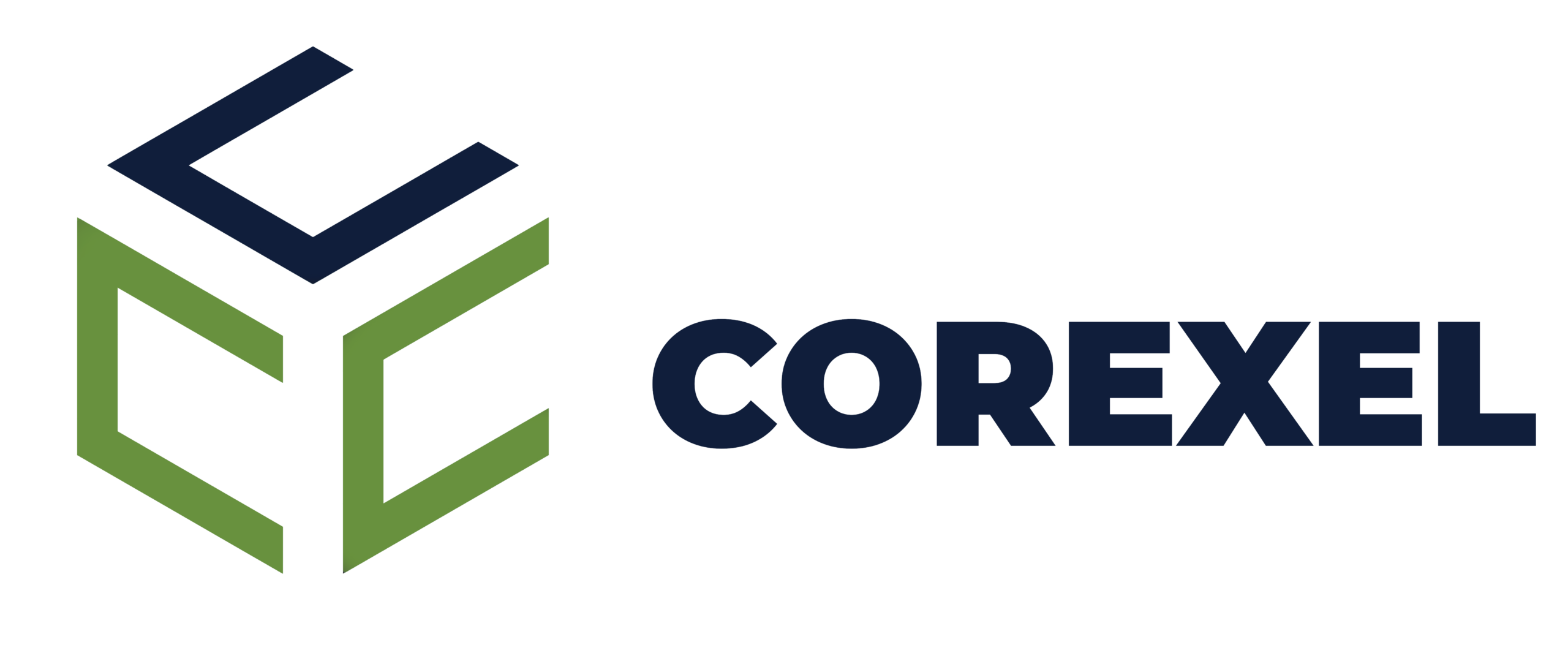- IOT HMS
- IOT Development
- 2,300 USD
- Feb 01, 2024
IoT Health Monitoring System
Business Context
The IoT Health Monitoring System aims to provide continuous health tracking for patients, especially those with chronic conditions like heart disease, diabetes, or respiratory issues. By using IoT-enabled wearable devices (e.g., smartwatches, patches), the system collects real-time data such as heart rate, oxygen levels, body temperature, and more. This data is then transmitted to healthcare providers, enabling timely interventions and improving patient outcomes.
The target market includes:
- Healthcare providers looking for innovative patient monitoring solutions.
- Elderly individuals or patients with chronic conditions.
- Insurance companies seeking data-driven healthcare services.
Key Challenges
- Data Accuracy: Ensuring the wearable devices provide precise and reliable health data.
- Connectivity: Maintaining uninterrupted and secure communication between wearable devices and the cloud platform.
- Battery Life: Designing devices with long-lasting batteries to monitor patients 24/7 without frequent recharging.
- Security and Privacy: Safeguarding sensitive health data from breaches and unauthorized access.
- User Adoption: Designing an intuitive user interface for both patients and healthcare providers to view and interpret the data.
Work Approach
- Research & Requirement Gathering: Conduct consultations with medical professionals and patients to understand key health metrics and required features.
- Prototyping: Develop early prototypes of wearable devices that can monitor vital signs and transmit data securely to the cloud.
- Integration: Work with healthcare management systems to ensure that the collected health data can be seamlessly integrated into existing medical software platforms.
- Testing: Validate the devices and platform under various conditions to ensure reliability, security, and user-friendliness.
- Launch: Begin with pilot tests in medical clinics or homes and gather feedback to refine the system.
Technology
- IoT Devices: Wearable health monitoring devices (smartwatches, biosensors, patches) equipped with sensors like ECG, SpO2, temperature, and blood pressure sensors.
- Cloud Platforms: AWS IoT, Google Cloud IoT for storing and processing health data.
- Mobile App: React Native or Flutter for mobile apps to track health data, provide notifications, and allow patients to communicate with doctors.
- Data Analytics: Python (for data processing and anomaly detection), Machine Learning for predicting health issues based on historical data.
- Security: HIPAA-compliant encryption (AES, SSL/TLS) for secure data transmission.
Process
- Requirement Analysis: Understand patient needs, doctor preferences, and healthcare regulations.
- Device Selection & Customization: Choose and customize IoT-enabled health devices that can capture necessary data accurately.
- Cloud Integration: Set up the cloud infrastructure for storing, processing, and analyzing health data in real-time.
- Mobile App Development: Create an app that lets patients and doctors monitor the data, set reminders, and receive alerts.
- Testing & Deployment: Perform extensive clinical trials to ensure the devices are working properly before full-scale deployment.
Features
- Real-Time Health Monitoring: Continuous tracking of vital signs (heart rate, oxygen levels, temperature, etc.).
- Remote Consultation: Enables doctors to access patients’ health data in real-time for virtual consultations.
- Emergency Alerts: Sends alerts to healthcare providers in case of abnormal readings (e.g., sudden increase in heart rate or drop in oxygen).
- Data Analytics & Insights: Analyzes collected data to predict potential health issues, such as arrhythmias or respiratory problems.
- Patient Dashboard: A user-friendly interface for patients to view their health metrics, history, and trends.
- Doctor Dashboard: A dashboard for healthcare providers to view real-time data, set up notifications for irregularities, and schedule follow-ups.
Result
Improved Patient Care: Healthcare providers can monitor patients remotely, reducing hospital visits and enabling faster intervention when necessary.
Reduced Healthcare Costs: Early detection of health issues helps prevent hospitalizations, leading to cost savings for both patients and healthcare providers.
Increased Patient Engagement: Patients become more involved in managing their health with real-time data and insights.
Market Expansion: The product has the potential for widespread adoption in both residential and clinical settings, contributing to improved healthcare outcomes.


